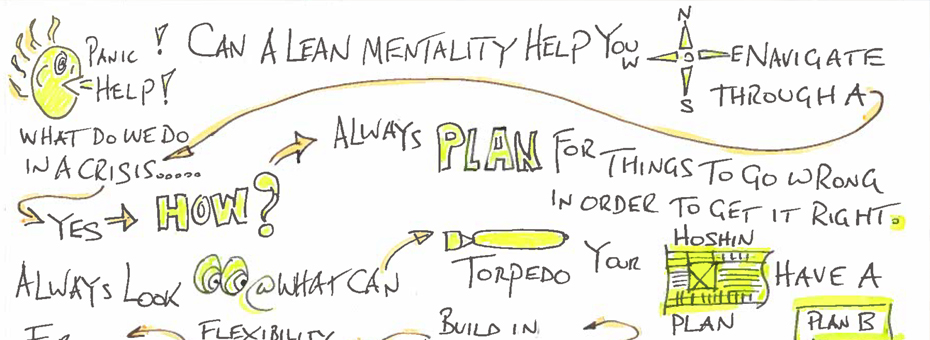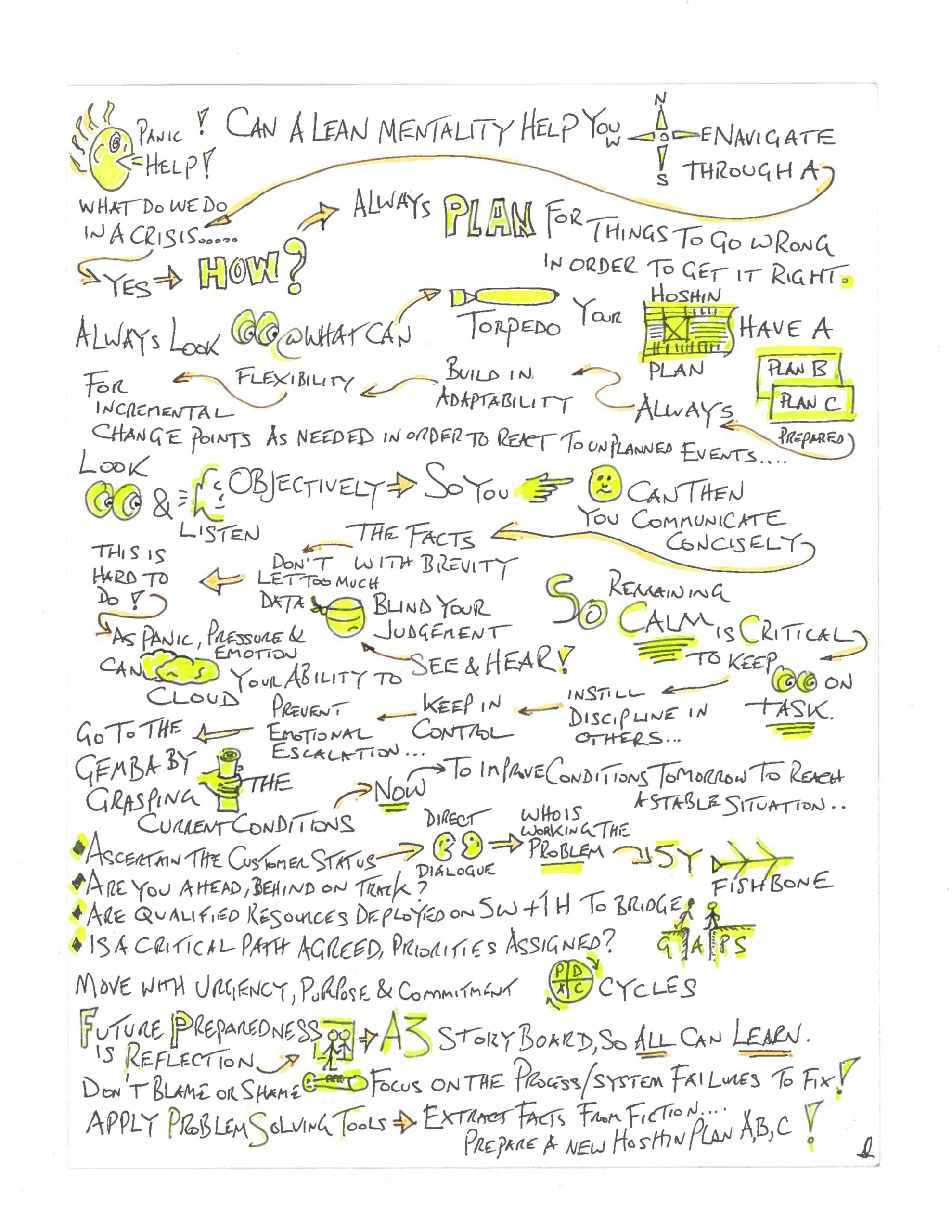Looking back at the 26-plus years I worked in the automotive sector, I have often reflected on my past “crisis” moments.
Did I handle all of them well? No.
Did I get better at handling them over time? Yes.
What helped me improve, you ask? As many in the lean mindset say, the learnings from reflection exercises. I learned through analyzing a combination of my own experiences and others’ experiences I read and/or heard about.
As I progressively moved up the ladder, the depth and breadth of the crisis situations I experienced increased in severity, importance and cost implications. Sometimes the data for a given crisis situation was so overwhelming I’d more or less drown in it and couldn’t even make a decision. Ever had a few of those moments?
As the crises I was asked to handle increased in stakes, I reached a point where I started to apply more and more of a lean mentality. It helped me focus, navigate through the data to pull the facts from the fiction comments, and also helped me demonstrate the ability to lead others.
When a crisis occurred, it was important to set and create a clear direction for my people, applying calmness and a level-headed, pragmatic approach to solving the problem at hand. I’ve outlined some of the lean techniques I apply to crisis management in my new sketch and animation. Some of them may sound like common sense and/or things you already do every day, but one of my most important lessons was to never let your guard down. It is amazing how the pressure of the moment, the emotions of the customer and/or your people in your personal space, and the stress and panic of a situation turning sour very quickly sends very sensible folks totally off the rails quite quickly.
I hope some of these pointers in my sketch and animation can help you work through these situations better. They’ll help you avoid those manic tearjerker moments, and embark on a safe path to a steady-state situation.




